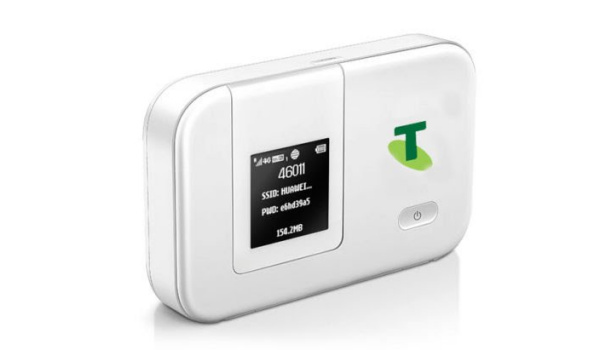This article was originally published in 2012, but has been updated with newer information about Wi-fi wireless security protocols. WEP is mostly history now, and WPA has newer, more advanced iterations called WPA2 and WPA3.
Wireless internet connectivity (wi-fi or WiFi) has become a standard feature on smartphones. Being able to set your smartphone up as a wireless hotspot is almost also becoming commonplace.

Keeping your hotspot secure is important, so that only authorized persons can use it. There are two broad encryption protocols: WEP and WPA. Both require a password, but are there any differences between the two? Yes; there are.
What Is WEP (Wired Equivalent Privacy)
WEP is a Wi-Fi protocol that was introduced in 1999. It uses 64-bit and 128-bit keys for encryption. The encryption and authentication methods are older and less reliable.
What is WPA (Wi-fi Protected Access)
The WPA Wi-Fi protocol uses a 256-bit key for encryption, which is a major upgrade from the 64-bit and 128-bit keys used by the WEP system. WPA also uses the Temporal Key Integrity Protocol (TKIP), which dynamically generates a new key for each data packet. It was designed to replace WEP.
WEP vs WPA: Which is better?
WPA Wi-Fi protocol is newer and uses a 256-bit key for encryption. This makes it the more secure of the two.It also uses the Temporal Key Integrity Protocol (TKIP), which dynamically generates a new key for each packet, or unit of data. Dynamically generated keys are more secure, as they change on the fly.
WEP (wired equivalent privacy) is the older and less secured option. WPA (wi-fi protected access) is newer and more secure. In other words, WPA is better than WEP. WPA2 is built on WPA and is even more secure. And WPA3 is more secure than all of them.
Both protocols are not compatible, so pay attention when getting and connecting your devices. For example, setting up a hotspot on BlackBerry OS7 devices is strictly based on WPA2. On Android 4.0 devices, options for WEP, WPA, and WPA2 are there, so you can make a choice. On the Nokia N9, the JoikuSpot-based hotspot supports WEP only.
2022 Update on WEP Versus WPA vs WPA2 vs WPA3
WEP is mostly history now, a dinosaur consigned to the past. These days, it is found on older PCs, laptops, and mobile devices. You should avoid using it, as much as it lies within your power. Most wireless devices use WPA2 these days. There are a small collection of WPA3 devices out there. Because it is new technology, it is still expensive.
What is WPA3 and what are the advantages?
The WPA3 protocol uses the newer, stronger 192-bit key for encryption. In addition, it offers Brute Force Protection, providing better security even when you use a weak password (you really should not use weak passwords). Like WPA, the key is dynamically generated, as well.
In conclusion, when shopping for a wireless router, be sure to ask for one that supports WPA2 or WPA3. The latter is still largely a novelty on the bleeding edge of wireless technology and will cost you an arm, at the least. As a rule, when it comes to digital security, you should be looking for newer, more advanced, more secure options.
- Don’t miss our mobile phone reviews.
- Follow our news on Google News.
- Join our WhatsApp Group, to be notified of the most important articles and deals,
- Follow us on Instagram, Facebook, Twitter, and YouTube.